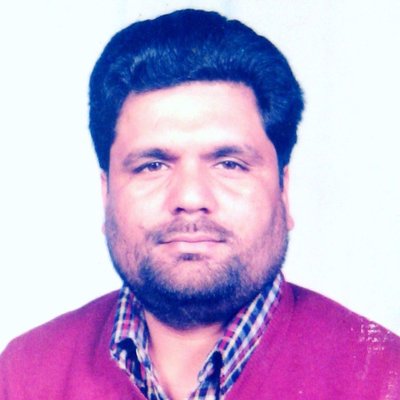Bagmati Province
Journey of Bankariya women: From nomadic life to producing ‘local’ soap
The soap is made using locally available aloe vera, mugwort, and neem leaves.
Pratap Bista
Women from the once-endangered nomadic Bankariya community have recently started producing soap, indicating a leap in adaptation to their surroundings.
The women of this group, who used to live a nomadic life in the forests of various parts of the country till three decades ago, have not only settled in Makawanpur but also started their exemplary entrepreneurship by producing soap from the locally available herbal plants.
They have been producing soap for washing dishes, clothes, and bathing for the past nine months. The soap is made using aloe vera, mugwort, and neem leaves, all of which are readily available in the village. They started this venture last December.
The Bankariya community, which settled in Manahari Rural Municipality-4, Musedhap of Makawanpur district, three decades ago, have registered their soap-making enterprise as a cottage industry.
Proud of the women’s endeavour, Santoshi Bankariya, a community leader, narrates that the soap produced by the women is mainly consumed within the village.
The soap-making enterprise has been registered under the name Bankariya Chepang Women Soap Industry, with 25 Bankariya women pooling resources to establish it.
Santoshi stated that they got soap-making training from the National Indigenous Women’s Forum (NIWF), which gave them an income-generating opportunity. The forum also provided necessary equipment for soap production. “We’ve planted neem trees in our fields, and we also have aloe vera growing in our gardens. Mugwort is abundant and easy to find,” Santamaya Bankariya said.
The organisation that provided the training also provided materials and equipment worth Rs200,000 rupees. It is rigorous stuff.
“Making soap requires effort; we have to gather and process the mugwort, isolate the ‘damaged’ parts, and then cook it,” said Santoshi. The soap is good for people with skin-related issues, including wounds, rashes, and itching.
Once a paste is made from aloe vera, neem leaves, and mugwort, the ingredient is cooked for about an hour before being poured into moulds. The forum provided the group with five soap moulds, with some capable of producing six soaps at a time, while others can produce up to 24 at once.
“We produce small, medium, and large soaps, which are sold for prices ranging from Rs20 to 60 each,” Santoshi said. “The organisation that provided the training also buys our products, so there is no problem with selling the soap.” Besides, many offices in the municipality, along with the local people, prefer to buy the Bankariyas’ products. Twenty households of the Bankariyas in Musedhap use their products only.
Due to limited capital, production is also limited. We have applied for loans at the cooperatives, and the support we got from NWIF is used in gradually expanding our reach in the local market, she said.
The Bankariyas residing in Mushedhap for the past two decades do not own a single piece of land in their name. “They are the people of this land, but not a single plot of land is in their name,” Prakash Thapa, the ward chairman, said. “The area where they currently live falls within the Parsa National Park.”
Although the government, in its attempt to help the Bankariyas adapt to the settled life, allowed the settlement in Mushedhap in 2005, there has been no progress in providing them with land ownership certificates.
Currently, 93 Bankariya people from 22 households reside in Mushedhap. The government has been providing a social security allowance, since 2009, to the Bankariya community as part of its initiative to integrate 10 endangered communities into the country’s mainstream.
This allowance has significantly impacted their lives. Yet the community waits for formal evidence of the end of their ‘nomadic life’, the land ownership certificates.




 5.12°C Kathmandu
5.12°C Kathmandu













